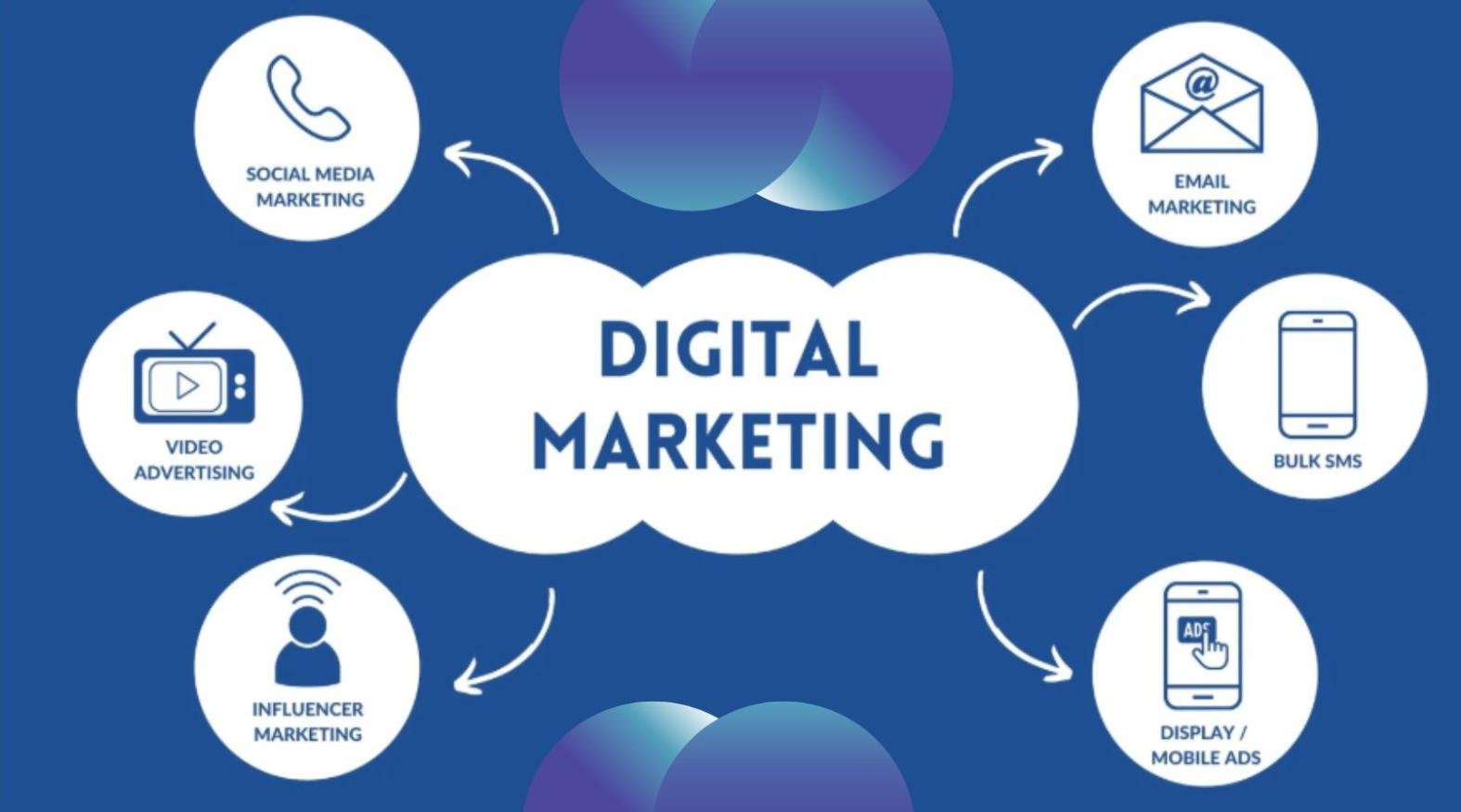Skyrocket Your Successful Digital Marketing: Dominating Innovation in 2025

Table of Contents
- Introduction
- AI-Powered Personalization
- Advanced Algorithm Implementation
- Predictive Analytics
- Customer Journey Optimization
- Voice and Visual Search
- Voice Commerce Evolution
- Visual Search Technology
- Search Optimization Strategies
- Immersive Marketing
- Extended Reality (XR) Applications
- Virtual Showrooms
- Augmented Reality Integration
- Privacy-First Marketing
- First-Party Data Strategies
- Privacy-Preserving Analytics
- Contextual Advertising
- Social Commerce
- Live Shopping Streams
- Social Storefronts
- In-App Purchase Integration
- Sustainable Digital Marketing
- Carbon-Neutral Initiatives
- Eco-Friendly Web Design
- Environmental Impact Analysis
- Automated Marketing Operations
- AI-Driven Content Creation
- Campaign Optimization
- Budget Allocation
- The Human Element
- Building Authentic Connections
- Skill Development
- Future Outlook
The digital marketing landscape of 2025 represents a convergence of technological innovation and human-centered approaches. This comprehensive analysis explores the key trends and transformations shaping the industry’s future.
AI-Powered Personalization: The New Marketing Standard
The integration of advanced AI algorithms has revolutionized how brands connect with their audiences. Unlike traditional segmentation, AI-driven personalization operates at an individual level, analyzing vast datasets of customer behaviors, preferences, and interactions in real-time. This technological leap enables brands to create dynamic content experiences that evolve with each customer interaction.
Predictive analytics has moved beyond simple purchase predictions to anticipate customer needs across their entire journey. By leveraging machine learning models trained on comprehensive customer data, businesses can now identify potential pain points before they arise and deliver proactive solutions. This shift from reactive to predictive marketing has significantly improved customer satisfaction and loyalty metrics.
Voice and Visual Search: Redefining Discovery
The proliferation of voice-enabled devices has fundamentally altered search behavior. Voice commerce has become a significant revenue driver, with consumers increasingly comfortable making purchases through voice commands. This shift requires marketers to optimize content for natural language processing, focusing on conversational keywords and question-based queries.
Visual search technology has matured significantly, enabling consumers to discover products through image-based searches. Retailers have adapted by implementing visual search capabilities within their platforms, allowing customers to upload images and find similar products instantly. This technology has proven particularly effective in fashion, home décor, and consumer electronics sectors.
Immersive Marketing: Bridging Physical and Digital Realms
Extended Reality (XR) marketing has transformed from a novelty to a necessity. Virtual showrooms offer immersive shopping experiences, allowing customers to explore products in three-dimensional space from the comfort of their homes. Augmented Reality (AR) product trials have become standard in beauty, fashion, and furniture industries, significantly reducing return rates and increasing purchase confidence.
These immersive experiences extend beyond product visualization. Brands are creating compelling storytelling experiences using XR, enabling customers to interact with brand narratives in unprecedented ways. Virtual brand environments serve as spaces for community building, product education, and entertainment.
Privacy-First Marketing: Trust as a Competitive Advantage
The deprecation of third-party cookies and stricter privacy regulations has catalyzed a fundamental shift in digital marketing strategies. Successful brands have pivoted to first-party data collection, emphasizing transparent value exchanges with customers. Privacy-preserving analytics tools enable marketers to gain insights while respecting user privacy.
Contextual advertising has experienced a renaissance, with advanced AI enabling precise content targeting without relying on personal data. This approach has proven particularly effective as consumers become more privacy-conscious, demonstrating that relevant advertising doesn’t require invasive tracking.
Social Commerce: The New Retail Frontier
Social media platforms have evolved into sophisticated shopping ecosystems. Live shopping streams have become a primary revenue channel, combining entertainment, social proof, and instant purchasing capability. These interactive shopping experiences have particularly resonated with younger demographics, driving significant engagement and sales.
Social storefronts now offer seamless in-app checkout experiences, reducing friction in the purchase journey. Advanced analytics tools provide real-time insights into social shopping behaviors, enabling brands to optimize their social commerce strategies dynamically.
Sustainable Digital Marketing: Environmental Responsibility
Environmental consciousness has become a crucial factor in digital marketing strategies. Carbon-neutral hosting services are now standard, with brands actively promoting their environmental commitments. Eco-friendly web design practices focus on energy efficiency, optimizing load times and reducing server resources while maintaining user experience.
Sustainable marketing practices extend to content strategy, with brands creating educational content about environmental impact and sustainability initiatives. This transparency has become a key differentiator, particularly among environmentally conscious consumers.
Automated Marketing Operations: Enhanced Efficiency
Marketing automation has expanded beyond basic task automation to include strategic decision-making. AI-driven content creation tools now generate sophisticated marketing copy, product descriptions, and social media content, while maintaining brand voice and quality standards. Campaign optimization has become largely automated, with AI systems continuously adjusting parameters for optimal performance.
Budget allocation has been transformed by machine learning algorithms that predict ROI across channels and automatically adjust spending in real-time. This level of automation has freed marketing teams to focus on strategy and creative direction rather than tactical execution.
The Human Element: Balancing Technology and Authenticity
Despite the technological advancement, successful digital marketing in 2025 maintains a crucial focus on authentic human connections. Brands that effectively balance automation with personal touch points create meaningful customer relationships that drive long-term loyalty.
The integration of these trends requires marketers to develop new skills while maintaining core marketing principles. Success in this evolved landscape demands a deep understanding of both technological capabilities and human psychology, creating marketing strategies that are both innovative and authentically engaging.
This transformation of digital marketing represents not just technological advancement but a fundamental shift in how brands connect with their audiences. The future belongs to organizations that can effectively leverage these tools while maintaining genuine human connections and environmental responsibility.